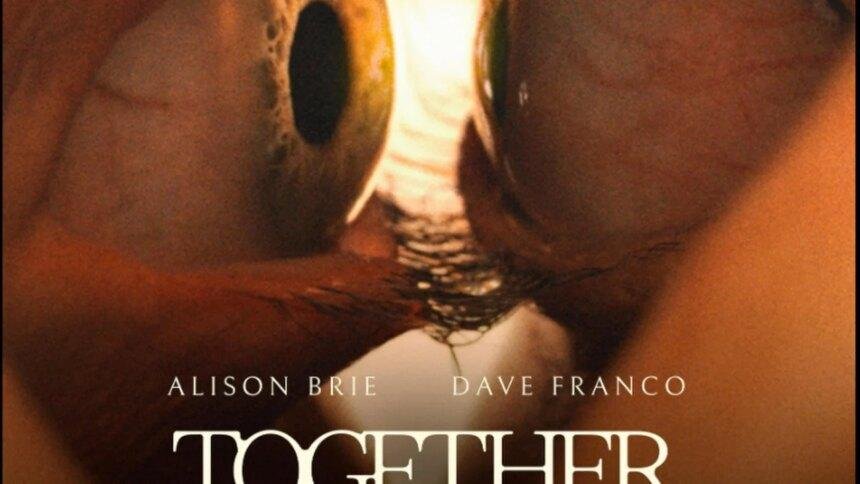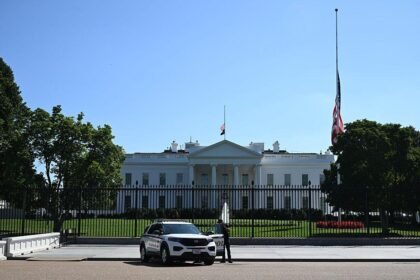Controversy Erupts Over AI-Driven Censorship in Chinese Film
In mid-September, the horror film Together made its debut in Chinese cinemas, but not without controversy. A pivotal scene featuring a same-sex wedding was altered, with one of the male characters digitally transformed into a woman. This incident has ignited a fierce backlash, raising questions about censorship, LGBTQ representation, and the ethical implications of artificial intelligence in media.
The Incident: A Digital Transformation
The alteration of the wedding scene in Together is not an isolated incident but rather a reflection of the broader landscape of film censorship in China. While censorship has long been a part of the Chinese film industry, the use of AI to modify content has introduced a new layer of complexity. Critics argue that this not only erases LGBTQ identities but also raises ethical concerns about the role of technology in shaping narratives.
The backlash was swift, with calls for a boycott of the film emerging almost immediately. Many viewers expressed outrage over the perceived attempt to sanitize LGBTQ representation, a sentiment echoed by various advocacy groups. The distributors, responding to the public outcry, delayed the film’s release, further fueling the debate surrounding censorship and representation.
The Broader Context of LGBTQ Representation in China
Homosexuality was decriminalized in China over two decades ago, and it is no longer classified as a mental disorder. However, the LGBTQ community continues to face significant challenges. In recent years, the Chinese government has intensified efforts to promote traditional family values, often at the expense of sexual minorities. This has led to a climate of stigma and discrimination, making it increasingly difficult for LGBTQ individuals to find representation in media.
Despite these challenges, there are signs of a shift in public attitudes. Recent surveys indicate that younger generations in China are becoming more accepting of LGBTQ identities. This generational divide highlights a complex social landscape where traditional values clash with evolving perspectives on gender and sexuality.
The Role of AI in Censorship
The use of artificial intelligence in editing films is a relatively new phenomenon, and its implications are still being understood. A film industry insider, who spoke on the condition of anonymity, confirmed that AI was indeed employed to alter the wedding scene in Together. This revelation has raised alarms among industry professionals, who warn that AI-driven censorship could become more prevalent, further limiting the representation of sexual minorities in Chinese cinema.
The ethical implications of using AI for censorship are profound. Critics argue that it undermines artistic integrity and distorts the original message of the film. The ability to manipulate content at such a granular level raises questions about who controls the narrative and what stories are deemed acceptable.
Historical Perspectives on Censorship
Censorship in China has a long and complex history, dating back to imperial times when the state sought to control information and maintain social order. In the modern era, the Chinese Communist Party has continued this tradition, employing various methods to regulate media content. The recent incident with Together serves as a stark reminder of the ongoing struggle between artistic expression and state control.
Historically, films that challenge societal norms or present alternative narratives have faced significant hurdles in China. The censorship of LGBTQ content is part of a broader pattern of suppressing voices that diverge from the state’s preferred narrative. This has led to a homogenization of media, where stories that do not align with traditional values are often silenced.
The Future of LGBTQ Representation in Chinese Cinema
As the debate over Together unfolds, industry experts are left to ponder the future of LGBTQ representation in Chinese cinema. The increasing use of AI for censorship could pose significant challenges for filmmakers seeking to tell diverse stories. While some may argue that technology can enhance storytelling, the potential for misuse raises concerns about the integrity of artistic expression.
The evolving landscape of public attitudes towards LGBTQ identities offers a glimmer of hope. As younger generations become more vocal and engaged, there is potential for change. However, this shift must be accompanied by a broader societal acceptance of diverse narratives, free from the constraints of censorship.
Conclusion
The controversy surrounding Together highlights the complex interplay between censorship, technology, and LGBTQ representation in China. As the film industry grapples with the implications of AI-driven alterations, the need for a more inclusive and representative media landscape becomes increasingly urgent. The ongoing dialogue surrounding these issues will be crucial in shaping the future of Chinese cinema and the narratives it chooses to tell.











